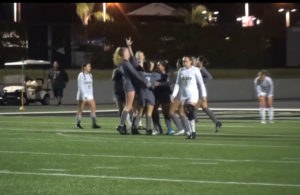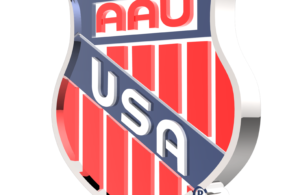- 2019/2020 Recap: Lady Scots Conquer First Round of CIF!
- 2019 Recap: Justin Flowe Wins the Dick Butkus Award
- Upland Lady Scots Have Their Revenge
- What is BBCOR?
- Tommy John, A Name To Be Feared
- The Game Plan
- Too Much Tackle?
- Is Cheer A Sport?
- Transgender Inclusion in Youth Sports
- Are You Counting Sheep Right?
The NFL & Big Tobacco
- Updated: May 29, 2014
Not too long, big name television stars like John Wayne and Lee Marvin touted the benefits of smoking cigarettes. In the 1980’s, in efforts to create new markets, a certain cigarette company introduced Joe Camel, a very cool-looking cartoon character, to help propel sales of their products. Even though the dangers of cigarette smoking were well known as early as the 1950’s, tobacco companies still pushed their products on certain sectors of the economy. The same holds true these days with the National Football League.
The NFL is the most popular professional sports league in the United States. The league’s most recent Super Bowls have been some of the most watched television programs in history. The television rights to NFL games are worth a combined $3 billion. Companies looking to promote their products pay hefty advertising fees to get themselves in front of the millions of people who tune in and watch NFL games every week during the season. One ad during this season’s Super Bowl cost $4 million and, like tobacco companies before them, the NFL is making their game look sexy.
The NFL, like big tobacco, is always looking for ways to increase its fan base. It is doing so despite the recent reports of the dangers of the game http://www.pbs.org/wgbh/pages/frontline/league-of-denial/.
The NFL recently settled a landmark court case agreeing to pay current and former players an estimated $764 million for a variety of injuries, most related to concussions. There have been numerous reports of players who suffer from chronic traumatic encephalopathy, or CTE, which is directly related to head injuries. Players like Junior Seau and Dave Duerson, both All-Pros, committed suicide which was found to be related to CTE.
Tobacco advertising, for the most part, always targeted youth. If a tobacco company could acquire a new customer, they knew they were getting a customer for life. Of course, there would be people who would quit smoking – or at least try – so tobacco companies have always tried to target younger people who not only will be around longer but are also more impressionable.
Ads with the Marlboro Man show the ruggedness of the smoking male. John Wayne was one of the coolest males on the planet in the 1940’s and 50’s and he smoked cigarettes. Joe Camel appealed to kids as young as 10 years old and made it look cool to be a smoker.
Even as the game of football is being attacked for its violence, the NFL continues to target youth, and women, just as big tobacco has in the past. Pop Warner Football, played by kids ages five to sixteen, has seen a noticeable decrease in participation over the past few years. That decrease has been related directly to reports of head injuries suffered playing the game. While the league has instituted some rule changes in an effort to reduce head injuries, the league still produces highlight films with all sorts of nasty collisions. Guess who loves watching those hits?
The league will continue to market its product, still the most popular professional sport in the U.S., as long as it pays off. In the early 1960’s, attendance at NFL games was around three million. In 2013, only four of the league’s 32 teams had season attendance numbers below 1 million and all four were within 65,000 of that number. NFL merchandise – hats, shirts, etc. – is nearly a $3 billion dollar business. Until something changes, the NFL will still be seen as cool, just like cigarettes.
___________________________________________________________________________________________________
Author: Rick Bouch
Rick Bouch is a former college and professional football player and former sports journalist for several publications. He currently is a freelance sports writer covering national sports news.
3 Comments
Leave a Reply
Copyright © 2023 KSNN. All rights reserved.










Pingback: KSNN, the ESPN of kid’s sporting news – Hoop Jargon
RevisJr
October 9, 2014 at 7:42 pm
what position did the author play.
KSNN
October 10, 2014 at 3:48 am
Rick was a high school quarterback, played wide receiver in college, and spent his short professional career playing free safety.